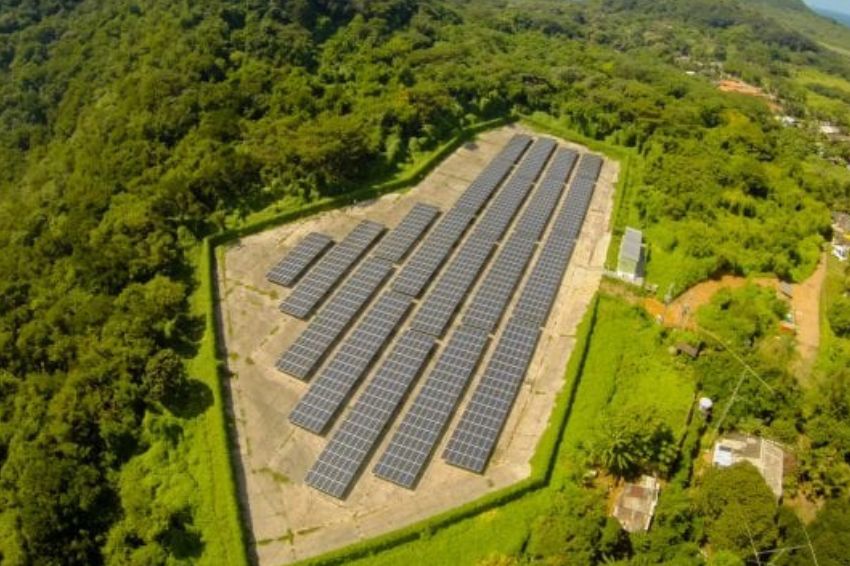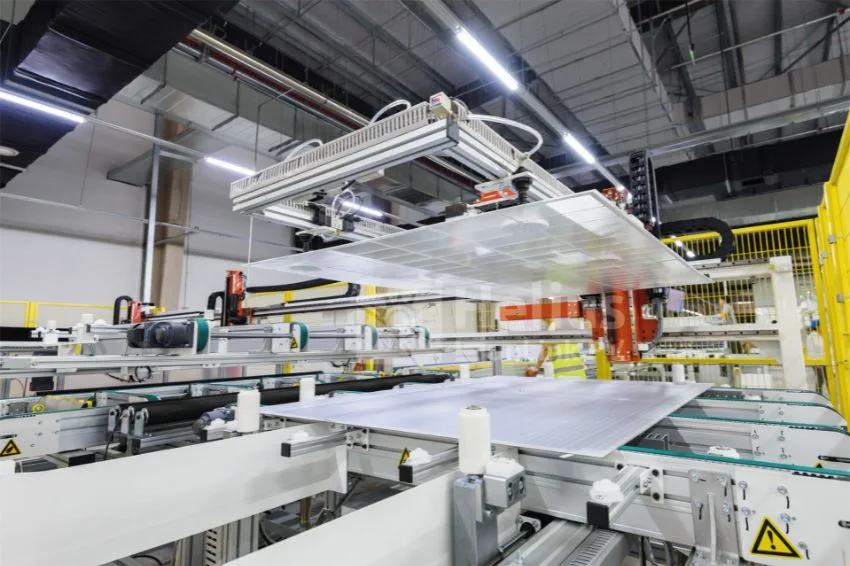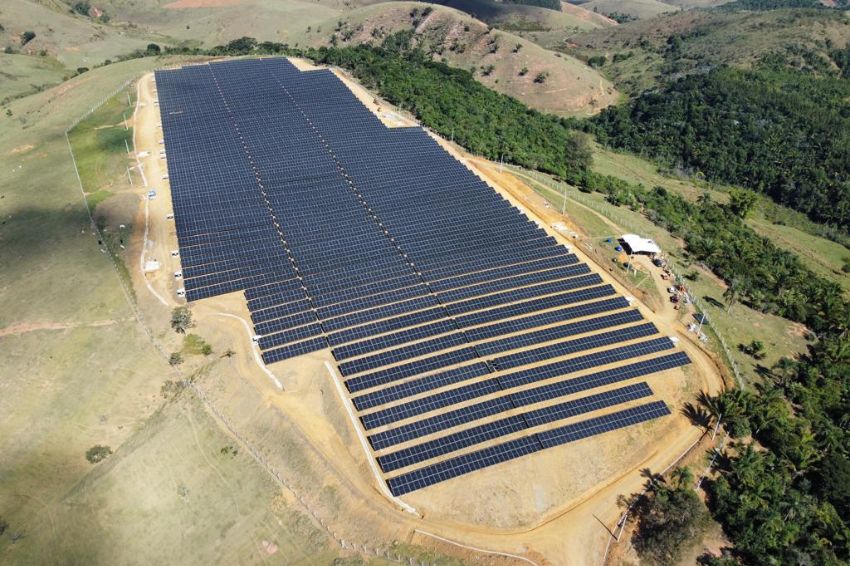A EPE (Energy Research Company) announced that it is developing a series of studies for Fernando de Noronha (PE), aiming ensure the supply of electricity to the region, focusing not only on supply security, but also on reducing dependence on diesel oil for electricity generation.
Currently, the generation on the island is carried out by UTE Tubarão, which uses diesel oil as fuel. The plant, whose concession is valid until March 2030, has a capacity of 5 MW.
According to the search, were identified good conditions for the use of wind and solar photovoltaic resources for the generation of electrical energy in Fernando de Noronha.
“Considering storage systems in conjunction with these resources can contribute to better use of these sources, allowing greater generation from them, thus contributing to the reduction of fuel consumption on the island”, they pointed out.
In addition to the renewable resources existing in the region, for the generation of electricity in Fernando de Noronha, the use of thermoelectric plants with ethanol and biodiesel as fuels was also considered, both coming from the continent and transported by sea, following a route similar to that currently used. is used by diesel oil.
Another alternative is the use of Liquefied Natural Gas – LNG, an imported fuel that can be taken to the region from some ports in the Northeast, such as Pecém in Ceará, for example.
For the use of LNG, EPE reported that issues relating to the natural gas/LNG regasification and floating storage unit (Floating Storage and Regasification Unit – FSRU) must be considered.
Simulations
In the study, medium and long-term simulations were carried out, using the HOMER (Hybrid Optimization of Multiple Energy Resources) software, in order to compare the different configurations for different contracting periods (5, 10 and 15 years) and with different dates for entry into operation (2025 and 2030).
HOMER was developed by NREL (National Renewable Energy Laboratory) for the economic optimization of hybrid energy systems, combining traditional generation with renewable sources, storage and load management, and can be used for both on- and off-grid simulations.

















